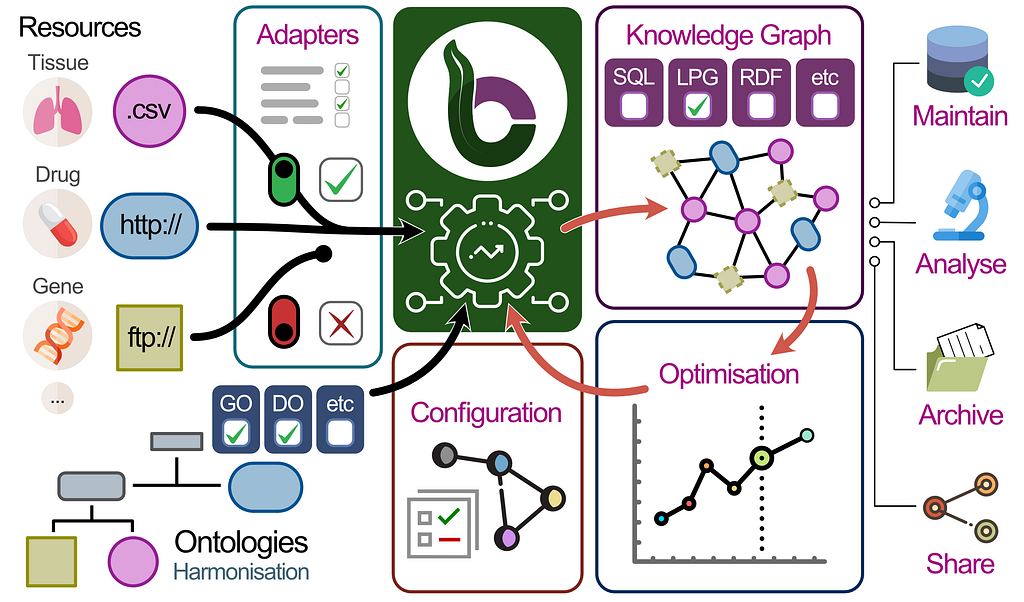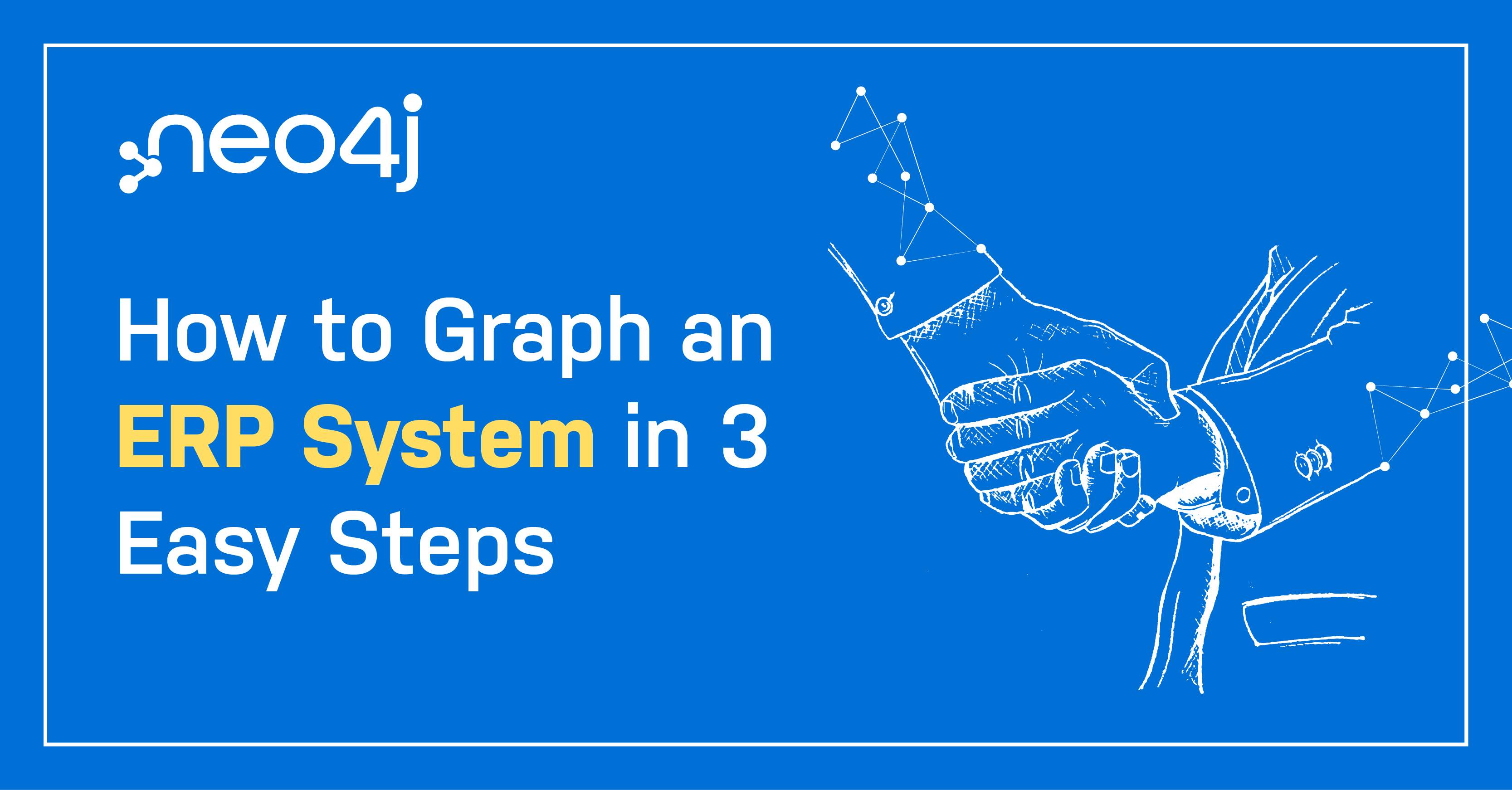Graphs for Information Services: The 5-Minute Interview With Cyndi Streun

Senior Customer Advocacy Manager, Neo4j
2 min read


At GraphConnect 2022, we had the opportunity to chat with some of the brightest minds in graphs – among them Cyndi Streun. Cindy is the Vice President of Information Services at the Federation of State Medical Boards, a nonprofit that’s over a century old. Her organization supports America’s state medical boards in licensing, disciplining, and regulations and serves as the authority throughout the U.S. and internationally.
Cyndi runs a team of diverse talent and relies on graph technology for much of their work. Her fresh perspective on the intuitive ease – and excitement – of practitioners transitioning to relational databases is reflective of our own graphy enthusiasm! Check out her story below.
Please introduce yourself and tell us about your work.
Cyndi Streun: I’m Cyndi Streun. The company is the Federation of State Medical Boards, a small nonprofit organization over 100 years old. Very important job – not well known, which is a good thing. What do I do? I’m the Vice President of Information Services. I lead a diverse, special team in the IT department. All of the scales are represented in my department.
What have been the most surprising results you’ve seen from Neo4j?
Cyndi Streun: Exciting is within our small diverse team, we had individuals independently go out and get certified in Neo4j. The excitement when you show your business members this graph, and there’s the “oohs” that go on. It was very exciting. That was outwardly.
Inwardly, is the idea of relationships, and working historically from a structured database, how hard it is to – not hard for someone who does it for a living – but to move to a relationship database, a relationship base. It doesn’t sound exciting, but it is.
What advice do you have for someone just getting started with Neo4j?
Cyndi Streun: You don’t have to be a data person, don’t have to be a data hound. There’s plenty of people who use Excel and they’re very strong with data. I don’t think you have to be an engineer. So going into the no code area is acceptable. If you’re a very technical savvy person, then you have a route, too. It gives a route for everybody.
What do you think is in store for the future of graphs?
Cyndi Streun: Well, graphs are not just something for the researchers, for the universities. There’s a product out there, it’s applicable, it’s in production, it can scale if scale is necessary. It can give you the features you need, take your data, and explore it.








